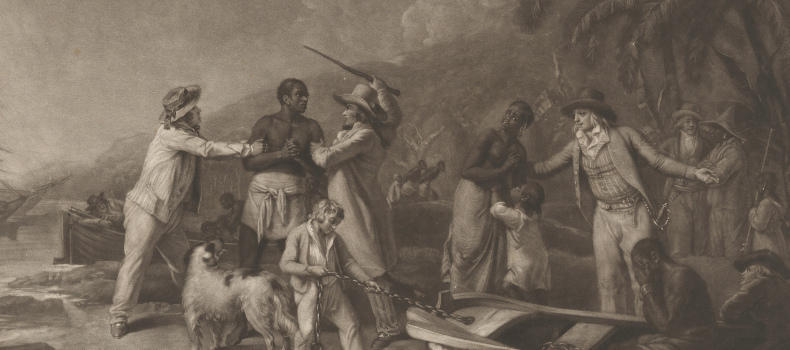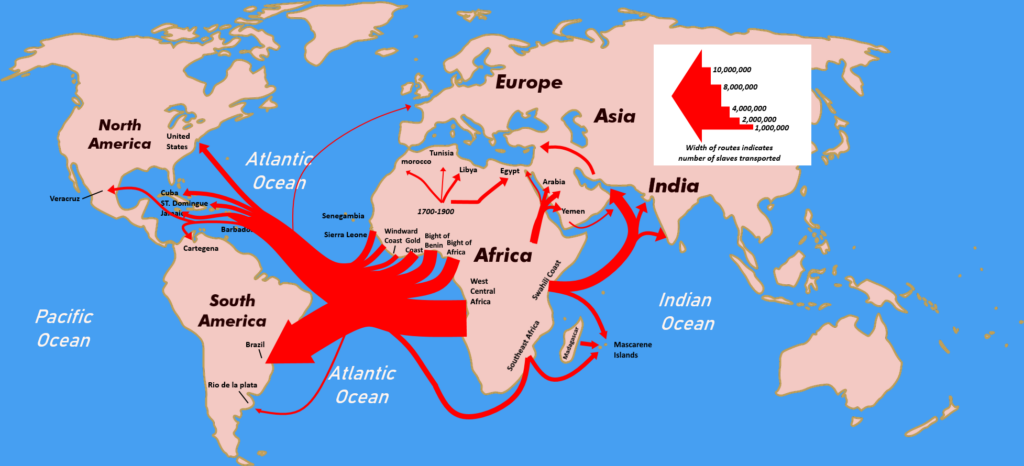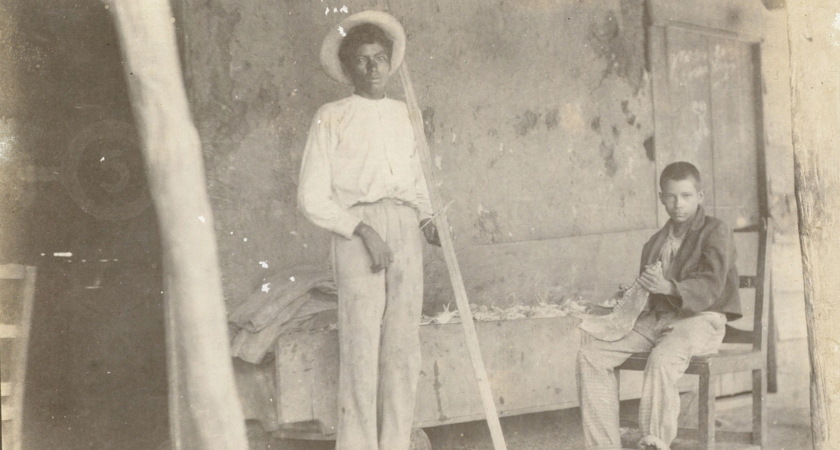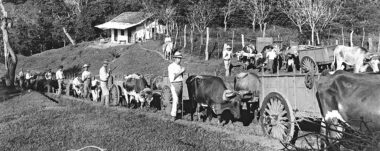Slavery And Abolition In Costa Rica: A Legacy In Historical Memory

Explore the history of slavery in Costa Rica, its abolition and the legacy of the Afro-descendant population in society.
The International Day for the Remembrance of the Slave Trade and its Abolition, celebrated every August 23, aims to inscribe the tragedy of the transatlantic slave trade in the collective memory. It also promotes reflection on the causes and consequences of this dark chapter in human history.
This date is commemorated in memory of the uprising that began on the night of August 22-23, 1791 in Saint Domingue, now Haiti, which was key to the eventual abolition of the transatlantic slave trade.
The slave trade began in 1518, parallel to the colonization of the Americas, where Africans as well as destitute Europeans, criminals and kidnapped children were treated as commodities. Although exact figures vary, it is estimated that around fifteen million Africans were forcibly transported to the Americas.

Costa Rica And The Slave Trade
In Costa Rica, slavery did not reach the scale seen in other colonies due to its small population and limited trade. Nevertheless, slavery existed and had a notable impact.
Slaves were used in the production of cocoa and tobacco. In some cases, they were part of the marriage dowries of the wealthiest families, especially in Cartago.
A study published in 1976 by Revista del Pensamiento Centroamericano, conducted by professors John N. Riismanole and James H. Levitt of the University of Potsdam in Germany, provides a quantitative analysis of slavery in Costa Rica during colonial times. According to the study, between 1607 and 1824, about 2480 black slaves were counted in the country, distributed mainly in Cartago (2226), with smaller numbers in Alajuela (6), Guanacaste (26), Heredia (126) and San José (60).
In Costa Rica, slaves were treated as exchangeable goods. They were used in various commercial transactions, such as sales, wills, donations, mortgages, and leases. Given the commercial nature of Costa Rican colonial society, the importation of slaves was significant, with the majority being young men between the ages of 16 and 30, considered the most apt for physical labor.
Construction Of The Atlantic Railroad
Slavery in Costa Rica was abolished in 1824 along with the rest of Central America. However, in 1870, black workers were imported from Jamaica for the construction of the Caribbean Railroad. Aboard the ship Lizzie, on December 20, 1870, 123 workers arrived in Limón, who performed the hard work for the construction of this crucial infrastructure for the economic development of the country.
In The National Literature

Limón Blues by Anacristina Rossi is a historical novel that narrates the life of the Afro-Caribbean community in Costa Rica, especially in the province of Limón, during the first decades of the 20th century. The story follows Orlandus Robinson, a young Afro-descendant who arrives in Costa Rica from Jamaica to work on the construction of the Atlantic Railroad.
Through his life and that of other characters, the novel explores themes such as identity, racism, cultural resistance, and the difficulties of immigrant life in a country that, although it needed them, did not fully accept them. Against a backdrop of blues and spirituality, Limón Blues portrays the struggle for dignity and recognition of a community that has been fundamental to the construction and development of Costa Rica, but has remained largely marginalized in its official history.
From 1850 Onwards

After 1850, Afro-descendants began to be fully integrated into Costa Rican society, although their visibility and recognition have been limited. Historian Nina Friedman points out that the invisibility of the Afro-descendant population in Latin America is due to a historical tension between indigenism and hispanization, resolved through mestizaje and the adoption of a homogeneous culture in terms of language, religion and race.
In Costa Rica, this process is complicated by the official narrative that emphasizes the homogeneity of its population, mostly white and of Spanish origin, with a minimal indigenous presence, which differentiated it from the rest of Central America. However, the Afro-descendant history in the country is rich and its contribution to the construction of Costa Rican identity is undeniable, although historically underestimated.
During the 17th and 18th centuries, African slaves in Costa Rica worked in agriculture, cattle ranching, pearl fishing, shipyards and port activities, in addition to playing important roles in commerce and urban work in free status. The Costa Rican colonial economy, although stagnant for a period, diversified and stabilized, allowing the integration of the Afro-descendant population into the country’s social and economic structure.
Sensorial Sunsets
Previous article The Cultural Center of Spain: Curatorial Strategies in Exhibition Proposals and Artistic Production
Navigate articles





